Tooth decay remains one of the most common chronic diseases among school-aged children worldwide today.Despite regular brushing and dental visits, many kids still develop cavities on the chewing surfaces of molars.These surfaces have deep grooves and pits where food particles and bacteria accumulate easily.
Even thorough brushing often fails to clean these areas effectively, leaving them vulnerable to decay over time.Dental sealants were developed to address this specific challenge and offer an added layer of protection.They act as a physical barrier, preventing plaque and acids from settling into those vulnerable crevices.
These surfaces have deep grooves and pits where food particles and bacteria accumulate easily
Molars erupt in children between the ages of six and twelve, making them crucial during early school years.Their anatomy includes complex fissures that trap sugars, food debris, and bacteria during meals or snacks.Children often struggle to clean these grooves thoroughly, especially without supervision or proper technique.Left unchecked, these areas become the starting point for decay, often going unnoticed until cavities develop.Once decay begins, restoration becomes necessary, which can lead to long-term dental interventions and expenses.Sealants directly address this issue by coating the molars and sealing out decay-causing substances.
Sealants directly address this issue by coating the molars and sealing out decay-causing substances
A dental sealant is a thin, protective layer applied to the chewing surfaces of back teeth.Usually made of plastic-based resin, sealants flow into grooves and harden under a special curing light.This forms a smooth surface that’s easier to clean and less likely to retain food or bacteria.Application is painless, non-invasive, and requires no drilling or anesthesia—ideal for young children.The process takes just a few minutes per tooth and can be done during a regular dental appointment.Once sealed, the molars are significantly less prone to developing cavities in those hard-to-brush areas.
Application is painless, non-invasive, and requires no drilling or anesthesia
For many children, visiting the dentist can be a source of anxiety or fear of discomfort.Sealant procedures, however, are simple and calming because they involve no sharp tools or injections.The child lies back, the tooth is cleaned, dried, and the sealant is brushed on gently.After the curing light hardens the resin, the procedure is complete—often before the child becomes restless.This ease makes it suitable for routine school dental screenings or outreach programs in low-income communities.The simplicity and speed of the application help ensure better participation and less procedural resistance.
The simplicity and speed of the application help ensure better participation
Schools and public health clinics have increasingly incorporated sealant programs into their oral health strategies.Mobile dental vans, in-school screenings, and local partnerships make preventive care more accessible to children.These programs often target children at higher risk due to limited dental care access or low-income families.By bringing services directly to schools, providers eliminate transportation and scheduling barriers for parents.Sealants become part of a community-wide effort to reduce preventable dental issues early in life.In areas with successful programs, cavity rates among schoolchildren have dropped significantly over time.
Sealants become part of a community-wide effort to reduce preventable dental issues
Parents and educators often underestimate how much oral health impacts a child’s school experience.Toothaches and dental infections are common reasons for absenteeism, poor concentration, or behavioral issues.Untreated cavities can lead to pain, missed meals, sleep disruption, and even self-esteem problems.Sealants prevent many of these issues by proactively protecting teeth before decay even begins.Unlike fillings or extractions, sealants cost less, take less time, and require no recovery period.When applied early, sealants support not only oral health but also academic performance and emotional wellbeing.
Sealants support not only oral health but also academic performance and emotional wellbeing
Good dental health contributes to a child’s ability to participate confidently in school and social settings. Pain-free eating and smiling affect peer relationships, nutrition, and mental focus throughout the day. Children with healthy mouths are more likely to speak clearly, sleep better, and stay active in class. Dental sealants, though small and unseen, have long-term effects on how children feel and perform daily. Their role becomes more apparent when compared to the burden of treating preventable oral diseases. For families and communities, they offer a low-cost, high-return investment in children’s overall development.
They offer a low-cost, high-return investment in children’s overall development
Sealants are one of the most cost-effective interventions in pediatric dentistry, especially in underserved populations. When applied to permanent molars shortly after eruption, they can prevent over 80% of future cavities. Compared to the cost of fillings, root canals, or extractions, sealants are remarkably economical. In addition to cost savings, they reduce emotional stress, treatment time, and future dental fear in children. Preventing just one cavity with a sealant often offsets the entire cost of the initial application. This cost-benefit dynamic makes sealants an ideal choice for both private and public dental health systems.
Preventing just one cavity with a sealant often offsets the entire cost of the initial application
Despite the evidence, many children still go without sealants, particularly in lower-income or rural areas. Lack of awareness, limited access, and logistical challenges prevent families from pursuing preventive care. Some parents also question the materials used or worry about the safety of resin-based products.
However, current studies consistently show that dental sealants are safe, stable, and biocompatible. Advances in materials have improved durability and eliminated concerns about older chemical components. Dentists now have access to BPA-free options and better adhesives that last longer and resist wear.
Dentists now have access to BPA-free options and better adhesives that last longer
Modern dental sealants have evolved to be safer and more reliable than earlier generations of materials. The most effective ones bond well to enamel, resist chewing forces, and remain intact for several years. Some sealants even include fluoride, offering added protection by strengthening tooth enamel beneath the layer. Routine dental checkups help monitor sealants and touch up any areas showing wear or partial loss. Dentists may reapply sealants as needed, often during a standard exam without extra appointments.
This flexibility ensures continuous protection from the time the molars erupt through early adolescence.
